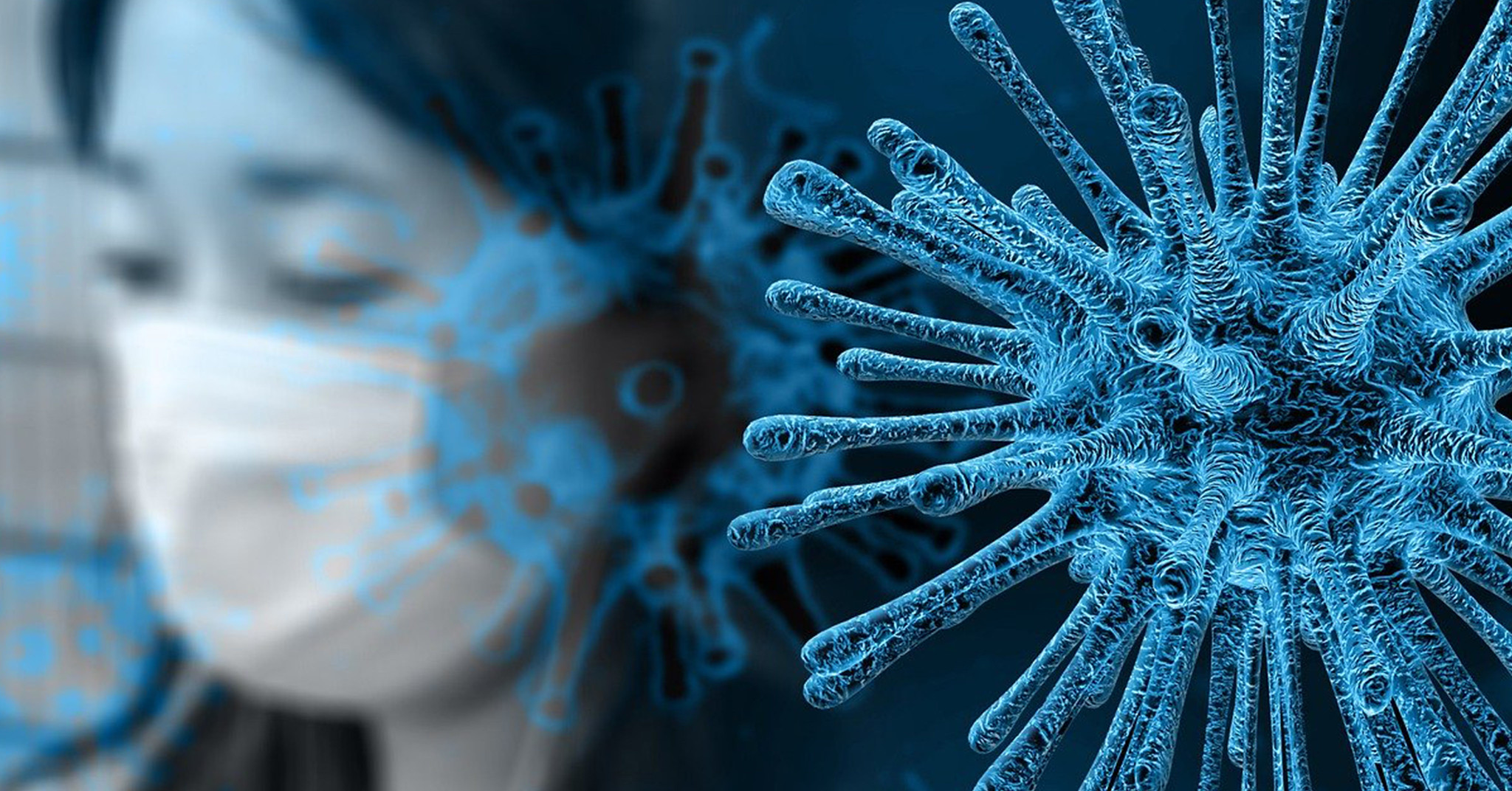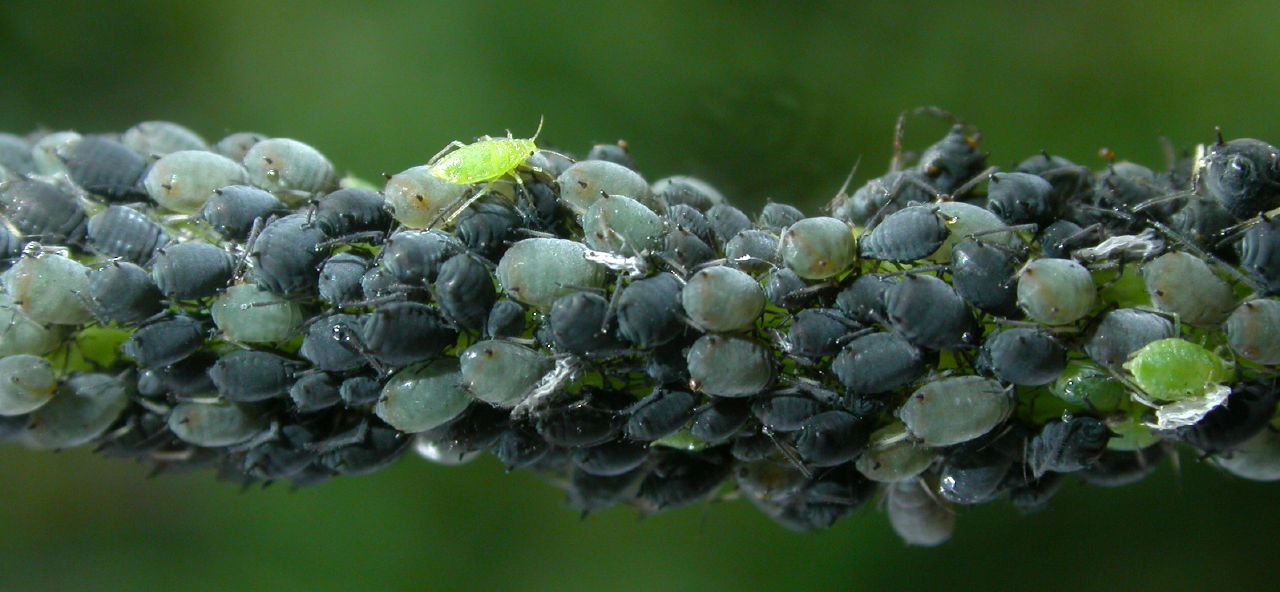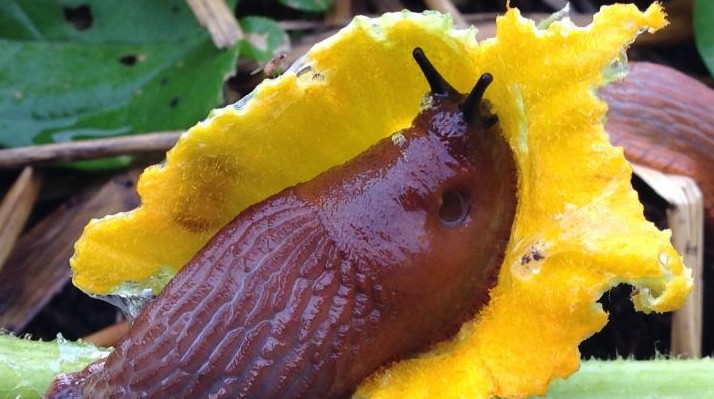Virus studies suggest that humidity levels may influence how easily respiratory viral infections spread.
By Neha Jain
As the novel coronavirus disease, or COVID-19, sweeps rapidly around the globe, with the World Health Organization reporting around 3.4 million infections across more than 200 countries at the time of writing, scientists are hastily trying to understand the dynamics of transmission in a bid to gain an upper hand on the disease. Maintaining social distancing and washing your hands are key in helping reduce the transmission rate of COVID-19, according to the WHO. Environmental conditions—both outdoors and indoors—that change with seasons also have an impact on the spread of respiratory viruses.
In a recent review looking at past studies—many of which are animal-based and focus on influenza virus—on how seasons affect the transmission of respiratory viruses, scientists from Yale report that cold, dry air indoors aids the spread of winter respiratory viral infections. And with spring in the Northern Hemisphere around the corner, there might be hope to curb transmissions as humidity increases, although researchers do not know yet.
Thousands of years ago, people noted that colds and influenza outbreaks appeared to follow seasonal cycles, spiking in the winter in temperate regions. The SARS outbreak, also caused by a coronavirus, began in China in 2002 and spread to 26 countries in 2003 during the winter months. Like SARS, COVID-19 also emerged in the winter in China and at the time of writing it is still spreading globally.
At present, scientists do not know if the virus that causes COVID-19—known as SARS-CoV-2—is a winter virus like influenza that is characterized by increased cases in the winter months, or if it is an all-year virus, since cases have been seen in areas with hot and humid weather.
Low humidity promotes spread of respiratory viruses by air
In the developed world, people spend 90 percent of their time indoors, says immunologist and senior researcher Akiko Iwasaki. Outdoor and indoor seasonal environmental conditions such as relative humidity can affect all viral transmission routes—direct/indirect contact, short-range droplet spray, and long-range aerosol transmission (airborne transmission)—but the team notes that its effect is most evident in aerosol transmission. Relative humidity (RH) refers to the water content in the air relative to its maximum capacity to hold water. This can change with the temperature of the air.
During winter in temperate regions, cold, dry air is heated and circulated in a closed indoor environment resulting in a low relative humidity of about 20 percent. In these relatively dry conditions (10 to 40 percent RH), respiratory virus stability and viability is high and airborne transmission (long-range aerosol transmission) is favored.
Past experiments on guinea pigs, cited by the research team, showed that influenza virus transmission was more efficient when RH was low (20 to 35 percent) or high (65 percent) but it was inefficient at an intermediate level (50 percent) at 20 degrees Celsius. They concluded that at room temperature an ideal humidity level for preventing aerosol respiratory viral transmission is a RH between 40 to 60 percent.
RELATED: Giant Virus Evolution Key to New Medical Nanotechnology
Environmental conditions also play a role in how our airways respond to viruses. Research in guinea pigs has shown that when dry air is inhaled, the tiny hair or cilia in our airways are lost, the outer cells lining the airways become detached, and the trachea becomes inflamed.
The viscous mucus layer, which helps our airways entrap and clear out inhaled pathogens and irritants, is moved by cells with hairy projections, called cilia, towards the larynx in humans, where the microbe-containing mucus is either spit out or swallowed. But this defense mechanism, known as mucociliary clearance, is impaired due to mucus dehydration when dry air is inhaled, as seen in animal studies reviewed by the researchers.
RELATED: Can Coronavirus Infect Non-Human Animals?
Tips for preventing viral respiratory infections indoors in winter
After reviewing the studies on seasonal virus transmissions, the researchers provide some simple interventions that can be followed to limit the transmission of respiratory viruses, especially in the winter. But these tips are in addition to those provided by public health organizations such as the WHO and CDC.
They suggest maintaining an indoor relative humidity in the winter at a level of 40–60 percent at room temperature. However, the effect of this humidity range on the transmission of COVID-19 is currently unknown due to scant research. In the tropics, where humidity is high, transmission of respiratory viruses by indirect contact could be favored because virus-containing droplets that fall onto surfaces can survive for longer periods. Increasing ventilation of indoor air can also help.
They list some habits that may be helpful in addition to hand washing. For instance, wearing a face mask in dry indoor environments can help keep the nose warm and moist.
Some additional lifestyle changes include taking vitamin D supplements to compensate for daylight-induced vitamin D deficiency, and getting at least 7 hours of sleep per day. The levels of sunlight and our exposure affect the synthesis of vitamin D in our bodies. This may lead to vitamin D deficiencies, which past studies suggest could impair our immune responses to clear out pathogens.
Past studies on influenza have yet to bring answers to the current virus, but higher indoor humidity and stronger immune systems may be useful tools in reducing seasonal respiratory viral infections.
This study was published in the journal Annual Review of Virology.
Featured image courtesy of Prachatai via Flickr.
References
Moriyama, M., Hugentobler, W. J., & Iwasaki, A. (2020). Seasonality of respiratory viral infections. Annual Review of Virology, 7. https://doi.org/10.1146/annurev-virology-012420-022445
World Health Organization. (2020). Coronavirus disease (COVID-19) Pandemic. https://www.who.int/emergencies/diseases/novel-coronavirus-2019
World Health Organization. (2020). SARS (Severe Acute Respiratory Syndrome). https://www.who.int/ith/diseases/sars/en/

About the Author
Neha Jain is a freelance science writer based in Hong Kong who has a passion for sharing science with everyone. She writes about biology, conservation, and sustainable living. She has worked in a cancer research lab and has facilitated science learning among elementary school children through fun, hands-on experiments. Visit her blog Life Science Exploration to read more of her intriguing posts on unusual creatures and our shared habitat. Follow Neha on Twitter @lifesciexplore.




